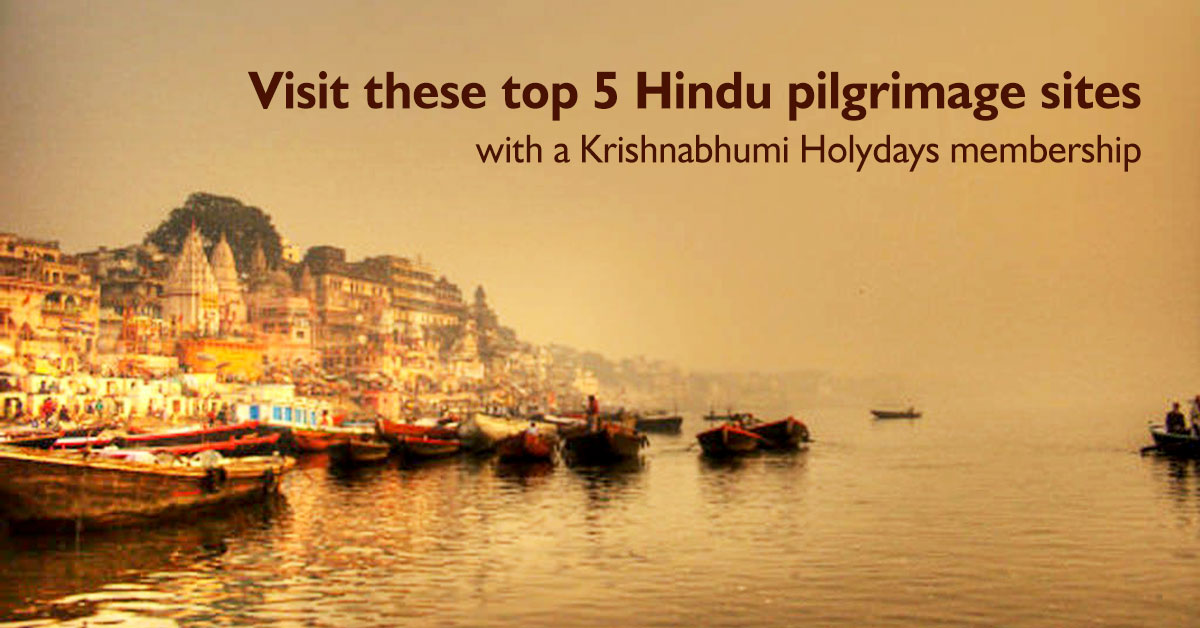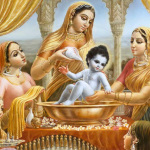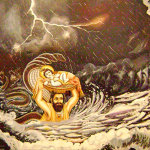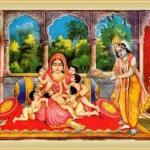Tirth-yatra or a journey to places of religious significance has always been an integral part of the Indian culture. While spiritual tourism has witnessed a resurgence in the recent past, India has always known and nurtured such a quest. If you feel inspired to take a journey that will lead to spiritual elevation, consider becoming a Krishnabhumi Holydays member which not only lets you spend 7 blissful days in Vrindavan but also gives you the opportunity to visit hundreds of pilgrimage sites through RCI exchange. You also get 35% discount on RCI Exchange fees when visiting pilgrimage locations in India.
Here is a list of five locations that hold a special significance among Hindus. Begin your journey by visiting these places that attract millions of devotees every year.
Ramanathaswamy temple, Rameswaram
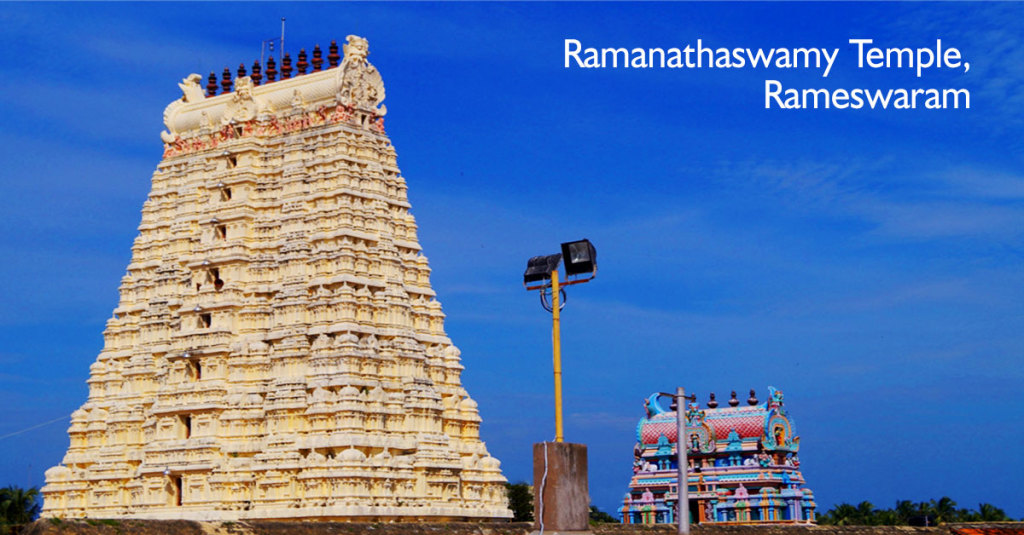 On Rameswaram island in Tamil Nadu, stands the beautiful Ramanathaswamy temple, one of the twelve Jyotirlinga temples. Legend has it that the Shiva lingam of this temple was established and worshipped by Sri Ram. According to the ‘yudha kanda’ of Valmiki’s Ramayana, after the battle with Ravana, it was here that Sri Ram prayed to Shiva to absolve any sins that He might have committed during the war and especially the sin of Brahmahatya that He committed for killing Ravana. However, in order to worship Shiva, Sri Ram wanted a lingam and sent Hanuman to bring it from the Himalayas. However, since Hanuman was late, Ram’s wife Sita created a lingam with the sands of the shore. It is believed that it is this lingam that is still there in the inner sanctum of the temple.
On Rameswaram island in Tamil Nadu, stands the beautiful Ramanathaswamy temple, one of the twelve Jyotirlinga temples. Legend has it that the Shiva lingam of this temple was established and worshipped by Sri Ram. According to the ‘yudha kanda’ of Valmiki’s Ramayana, after the battle with Ravana, it was here that Sri Ram prayed to Shiva to absolve any sins that He might have committed during the war and especially the sin of Brahmahatya that He committed for killing Ravana. However, in order to worship Shiva, Sri Ram wanted a lingam and sent Hanuman to bring it from the Himalayas. However, since Hanuman was late, Ram’s wife Sita created a lingam with the sands of the shore. It is believed that it is this lingam that is still there in the inner sanctum of the temple.
Shree Jagannath Temple, Puri
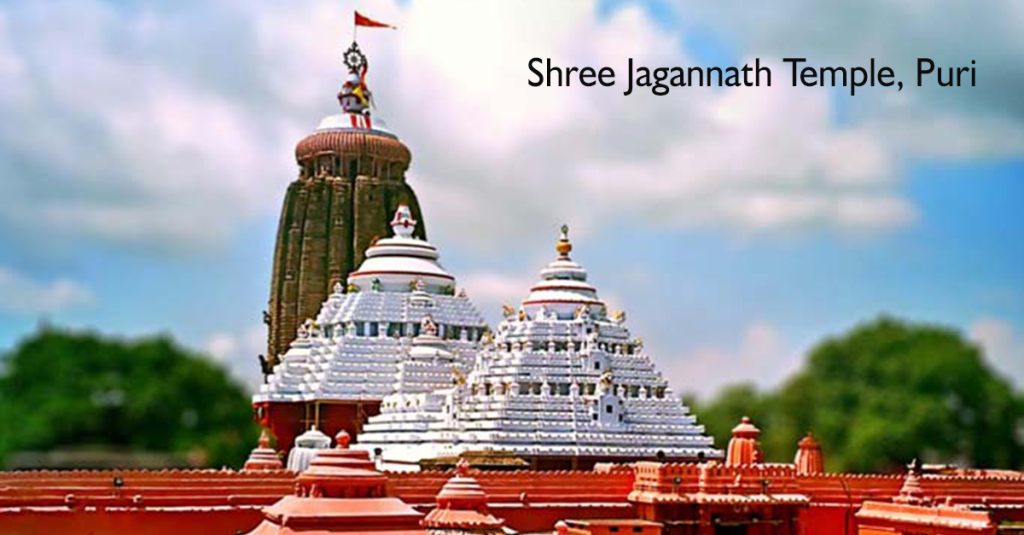 This 11th-century temple is one of the char dhams, the four pilgrimage sites that many Hindus want to visit at least once during their lifetime. There are many stories regarding the origin of the temple. According to one story, Sri Jagannath manifested Himself in the form of Indranila Mani or the Blue Jewel. However, so dazzling was the ‘mani’ that it would grant instant ‘moksha’ to anyone who looked at it. Yama hid it. Later on, Lord Vishnu instructed King Indradyumna to establish the Jagannath Temple. Even today, many things happen surrounding the temple that science fails to explain. For example, the flag on the temple always flaps in the opposite direction to the wind, no bird or aeroplane flies above the temple, and the Sudarshan Chakra at the temple top always faces you, no matter from where you look at it.
This 11th-century temple is one of the char dhams, the four pilgrimage sites that many Hindus want to visit at least once during their lifetime. There are many stories regarding the origin of the temple. According to one story, Sri Jagannath manifested Himself in the form of Indranila Mani or the Blue Jewel. However, so dazzling was the ‘mani’ that it would grant instant ‘moksha’ to anyone who looked at it. Yama hid it. Later on, Lord Vishnu instructed King Indradyumna to establish the Jagannath Temple. Even today, many things happen surrounding the temple that science fails to explain. For example, the flag on the temple always flaps in the opposite direction to the wind, no bird or aeroplane flies above the temple, and the Sudarshan Chakra at the temple top always faces you, no matter from where you look at it.
Pushkar Lake, Ajmer
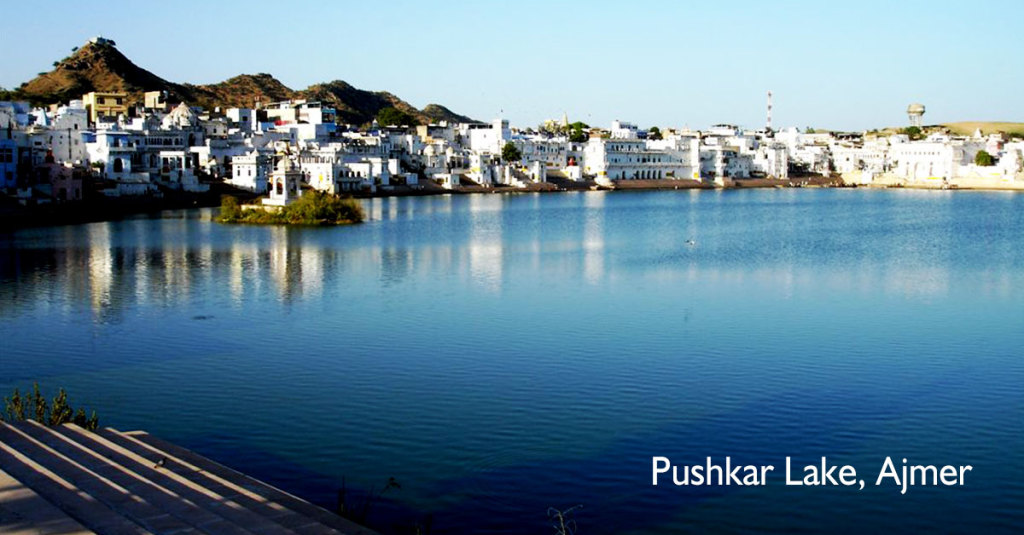 Pushkar Lake finds several mentions in the Ramayana, the Mahabharata, and several other Puranic texts. Pushkar comes from the words ‘pushpa’ meaning ‘flower’ and ‘kar’ meaning ‘hand’. It refers to the story of Lord Brahma that is behind the origin of this lake. Legend has it that Lord Brahma killed the demon Vajranabha with His lotus and while doing so, three petals fell on three spots. These three places transformed into three lakes— the Pushkar Lake, the Madya Pushkar Lake, and the Kanishta Pushkar Lake. Fifty two bathing ghats surround the lake. It is believed that the water of the Pushkar Sarovar has healing powers. The lake, which is regarded as ‘Adi Tirtha’ in the Ramayana and the Mahabharata, attracts devotees from all corners of the world because it is believed that a dip in the lake on Karthik Poornima equals the merit of performing yajnas for several centuries.
Pushkar Lake finds several mentions in the Ramayana, the Mahabharata, and several other Puranic texts. Pushkar comes from the words ‘pushpa’ meaning ‘flower’ and ‘kar’ meaning ‘hand’. It refers to the story of Lord Brahma that is behind the origin of this lake. Legend has it that Lord Brahma killed the demon Vajranabha with His lotus and while doing so, three petals fell on three spots. These three places transformed into three lakes— the Pushkar Lake, the Madya Pushkar Lake, and the Kanishta Pushkar Lake. Fifty two bathing ghats surround the lake. It is believed that the water of the Pushkar Sarovar has healing powers. The lake, which is regarded as ‘Adi Tirtha’ in the Ramayana and the Mahabharata, attracts devotees from all corners of the world because it is believed that a dip in the lake on Karthik Poornima equals the merit of performing yajnas for several centuries.
Har ki Pauri, Haridwar
 The Ganga aarti at Har ki Pauri is a sight that will resonate within you for years to come. Every evening, thousands of devotees gather at the ghat to witness the mesmerising aradhana. The Ganga aarti is performed in what is considered to be the most sacred part of Har ki Pauri— the Brahmakund. It is believed that after samudra manthan, when Garud was carrying the pitcher full of amrit, a few drops fell on the Brahmakund.
The Ganga aarti at Har ki Pauri is a sight that will resonate within you for years to come. Every evening, thousands of devotees gather at the ghat to witness the mesmerising aradhana. The Ganga aarti is performed in what is considered to be the most sacred part of Har ki Pauri— the Brahmakund. It is believed that after samudra manthan, when Garud was carrying the pitcher full of amrit, a few drops fell on the Brahmakund.
Kedarnath Temple, Kedarnath
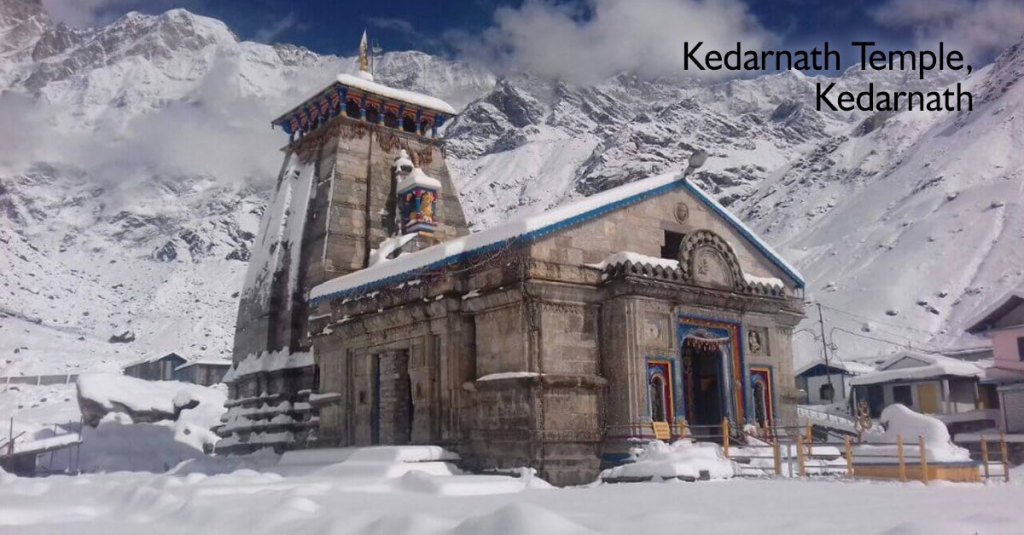 Kedarnath is one of the most revered pilgrimage sites among the Hindus. It is the highest among the 12 jyotirlingams. According to mythology, after the battle of Kurukshetra, the Pandavas wanted to ask for forgiveness from Shiva and wanted to meet Him. However, Shiva was reluctant and took refuge at Kedarnath. He assumed the formed of a bull and dived headlong into the ground, with His hump as the only visible portion. The head of the bull appeared at present-day Nepal’s Pashupatinath Temple. One of the best ways to reach Kedarnath is from Rishikesh. You can even put up at an RCI-affiliated resort at Rishikesh and then take a taxi or a bus to reach Kedarnath.
Kedarnath is one of the most revered pilgrimage sites among the Hindus. It is the highest among the 12 jyotirlingams. According to mythology, after the battle of Kurukshetra, the Pandavas wanted to ask for forgiveness from Shiva and wanted to meet Him. However, Shiva was reluctant and took refuge at Kedarnath. He assumed the formed of a bull and dived headlong into the ground, with His hump as the only visible portion. The head of the bull appeared at present-day Nepal’s Pashupatinath Temple. One of the best ways to reach Kedarnath is from Rishikesh. You can even put up at an RCI-affiliated resort at Rishikesh and then take a taxi or a bus to reach Kedarnath.
India is a land of mythologies and legends, of temples and shrines, of pilgrimage sights and devout devotees. If you wish to explore all the beautiful places that the country has, become a Krishnabhumi Holydays member. With a Holydays membership, you will always have a home in any part of India and the world.
Radhe Radhe!


